PRAISE FOR
DEFEAT INTO VICTORY
Here is a great book worthy to set beside Churchills War Memoirs. Evening News (London)
Slims lessons are valuable: They teach the leadership of men. The New Yorker
A dramatic story, a well-knit and exciting narrative with a sound, strong plot.... The boundless scope of this man shines from every page of this book. New York Times
The best generals book of World War II. Nobody who reads [Slims] account of the war, meticulously honest yet deeply moving, will doubt that here is a soldier of stature and a man amongst men. London Standard
[Defeat into Victory] is something rarean autobiography of command and revelation at the same time of as decent and attractive a man as one could meet.... Slim writes with grace, humor and verve. New York Herald Tribune Books
A vivid and deeply moving story of endurance and heroism. Observer
Of all the worlds greatest records of war and military adventure, this story must surely take its place among the greatest. It is told with a wealth of human understanding, a gift of vivid description, and a revelation of the indomitable spirit of the fighting man that can seldom have been equaledlet along surpassedin military history. The Field
Defeat into Victory
Battling Japan in Burma and India,
19421945
Field-Marshal Viscount William Slim
KG, GCB, GCMG, GCVO, GBE, DSO, MC
With a New Introduction by David W. Hogan Jr.

Copyright 1956 by Viscount William Slim
Copyright renewed 1972 by Aileen, Viscountess Slim
New introduction copyright 2000 by David W. Hogan Jr.
First Cooper Square Press edition 2000
This Cooper Square Press paperback edition of Defeat into Victory: Battling Japan in Burma and India, 19421945 is an unabridged republication of the edition originally titled Defeat into Victory first published in London in 1956, with the addition of a new introduction by David W. Hogan Jr. It is reprinted by arrangement with the authors estate.
All rights reserved.
No part of this book may be reproduced in any form or by any electronic or mechanical means, including information storage and retrieval systems, without written permission from the publisher, except by a reviewer who may quote passages in a review.
Published by Cooper Square Press,
An Imprint of Rowman & Littlefield Publishers, Inc.
150 Fifth Avenue, Suite 911
New York, New York 10011
Distributed by National Book Network
Library of Congress Cataloging-in-Publication Data
Slim, William Joseph Slim, Viscount, 18911970.
Defeat into victory : battling Japan in Burma and India, 19421945 / William Slim.1st ed.
p. cm.
Includes index.
ISBN 978-0-8154-1022-5
1. World War, 1939-1945 Campaigns Burma. 2. World War, 1939-1945 Campaigns India. I. Title.
D767.6 .S55 2000
940.54'25 dc21 9905596.
 The paper used in this publication meets the minimum requirements of American National Standard for Information Sciences Permanence of Paper for Printed Library Materials, ANSI/NISO Z39.481992.
The paper used in this publication meets the minimum requirements of American National Standard for Information Sciences Permanence of Paper for Printed Library Materials, ANSI/NISO Z39.481992.
Manufactured in the United States of America.
To
AILEEN
a soldiers wife who followed the drum
and
from mudwalled hut or Government House
made a home
INTRODUCTION
Today, Field Marshal Sir William Slim is almost unknown in the United States and only slighdy more renowned in Great Britain. The British general who rebounded from the Burma catastrophe of 1942 to form and lead the multinational army that won overwhelming victory over the Japanese in 1944 and 1945 usually receives a few obscure paragraphs in most World War II histories and almost no recognition among the Anglo-American public. Among those who study the war in Burma, however, Slim has earned acclaim as one of the great generals of World War II, and his memoir, Defeat into Victory, has gained plaudits as one of the classics of its genrepossibly, as one reviewer put it, the best generals book of World War II.
Why has Slim received so litde notice? To be sure, Burmas status as a forgotten theater has been a bit overplayed, given the attention devoted to the region in Allied councils and the American medias fascination with Lt. Gen. Joseph W. Vinegar Joe Stilwell and Merrills Marauders. But much of this attention began to decline after early 1944, as the Allies advanced in Europe and the Pacific and prospects for an enhanced Chinese contribution to the common effort faded. Also, when Americans have looked at the theater, they have tended to focus their attention on the campaign in North Burma, where the vast majority of their troops were and where they were trying to build a new supply route to China, and not on Slims offensive in Central and South Burma, which they viewed as a drive to regain Britains Asiatic colonies. Then too, Slim has often been eclipsed by other more arresting figures. The campaigns and personality of Field Marshal Sir Bernard L. Montgomery, the British general Americans love to hate, has left almost every other British military figure of World War II in his shadow. With regard to Burma, the colorful Stilwell has similarly dwarfed all other contenders, especially in American accounts. Of British generals in Burma, the eccentric Maj. Gen. Orde C. Wingate, leader of the Chindit raiders, has been the only individual to receive anywhere near the attention lavished on Stilwell.
As of early 1944, about the time the Burma theater began to recede in the consciousness of the Allied public, Slims career gave litde promise of great success. Born to a lower middle-class family in Bristol in 1891, he was a schoolteacher and later a junior clerk in Birmingham before receiving a commission at the start of World War I. He was badly wounded at Gallipoli and again in Mesopotamia, and then was invalided to India. Facing litde opportunity in the postwar British Army, he transferred to the Indian Army, where he commanded Gurkha units, saw combat on the Northwest Frontier, served as a staff officer, and attended and taught at various staff colleges. He displayed a capacity for analysis in these assignments but gained no special notoriety. At the outbreak of World War II, he was promoted to brigadier and command of the 10th Indian Brigade along the Ethiopia-Sudan border. He badly mishandled the brigades attack on the Italian fortress at Metema, but, through good fortune, ended up commanding the 10th Indian Division, where he fared better. In March 1942 he arrived in Burma, in time to lead the Burma Corps in its disastrous defeat and debilitating withdrawal to India. By 1943, Slim was associated with a long string of defeats. Perhaps Prime Minister Sir Winston Churchill was recalling those events when he remarked in 1944, I cannot believe that a man with a name like Slim can be much good.
Such adversity forged the essential humanity that so many have noted in Slims memoir. As Duncan Anderson stated, The reader looked in vain for a Great Captain striding across the stage of history, deploying his divisions in accordance with some brilliandy conceived and implemented masterplan. Instead, Slim freely admits his frequent mistakes in the first Burma campaign: his damaging delay in ordering the withdrawal to the Imphal plain, his near-fatal underestimation of the enemys ability to infiltrate to Kohima, and the success of the Mandalay offensive in spite of seeing every assumption with which he had started the campaign proved wrong. He repeatedly attributes his successes to others, notably the support of his superiors, the hard work of his staff, and the resourcefulness of my subordinate commanders and the stubborn valour of my troops. He finds numerous opportunities to laugh at himself, from his account of a Gurkha sergeant guffawing over his futile efforts to look brave when caught under enemy fire, to his efforts to cheer his staff after a defeat with the remark, It might be worseit might be raining, only to have the skies open two hours later. Slim is even willing to concede that, in the grand picture, other theaters might have had greater claims to scarce manpower and resources. The contrasts with Montgomery and General of the Army Douglas MacArthur cannot be more striking.
Next page

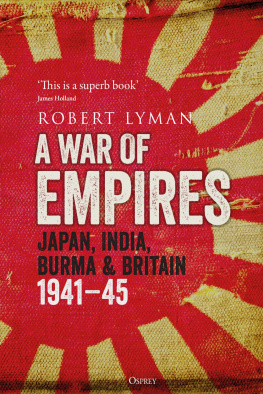
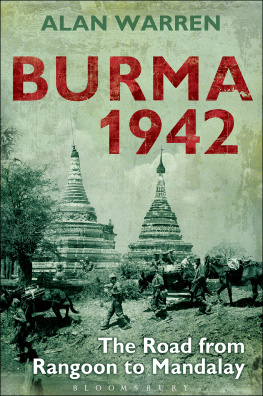

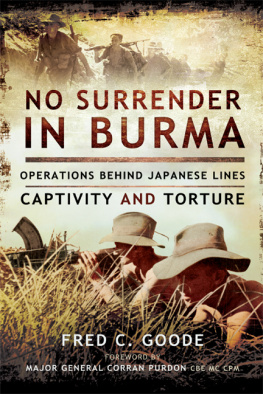
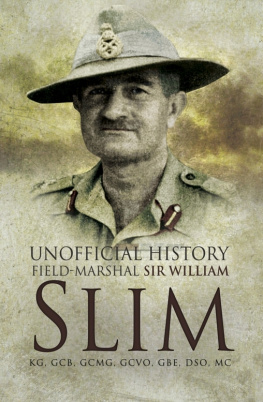
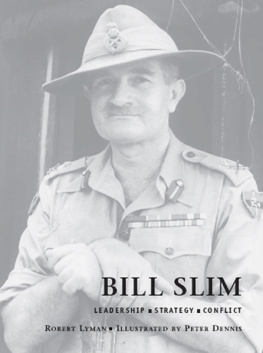
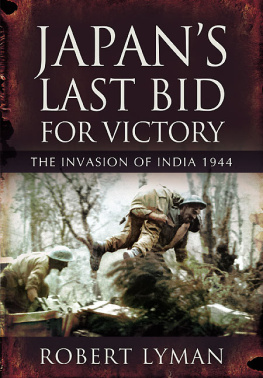
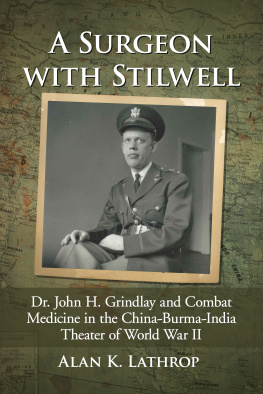
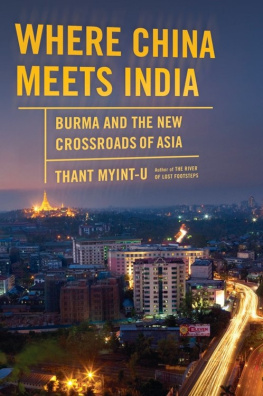
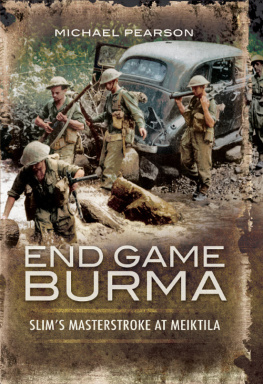
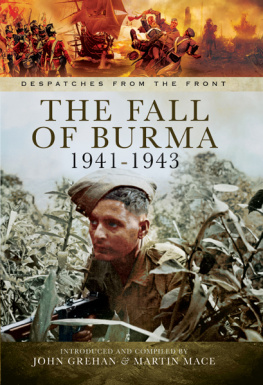

 The paper used in this publication meets the minimum requirements of American National Standard for Information Sciences Permanence of Paper for Printed Library Materials, ANSI/NISO Z39.481992.
The paper used in this publication meets the minimum requirements of American National Standard for Information Sciences Permanence of Paper for Printed Library Materials, ANSI/NISO Z39.481992.